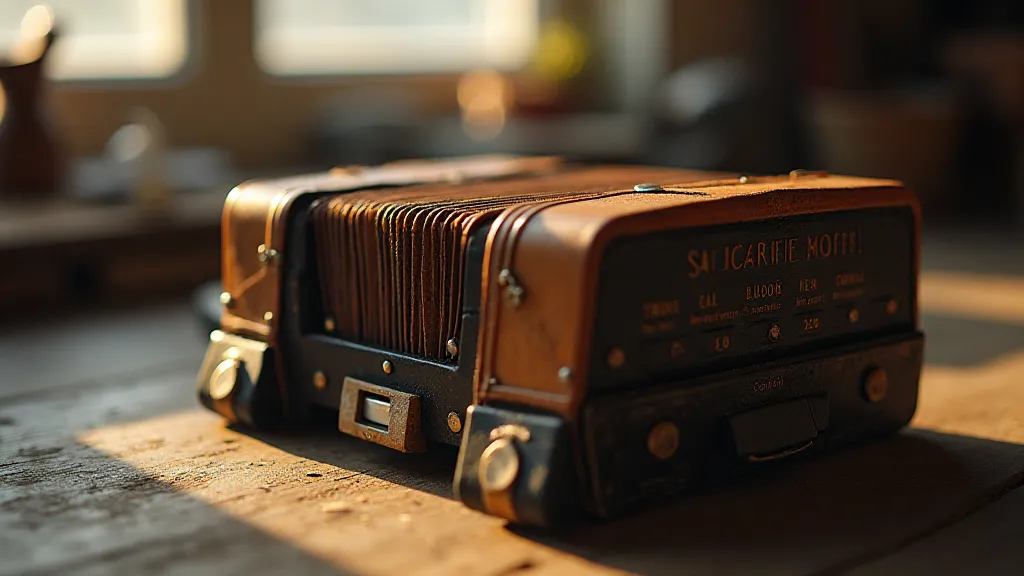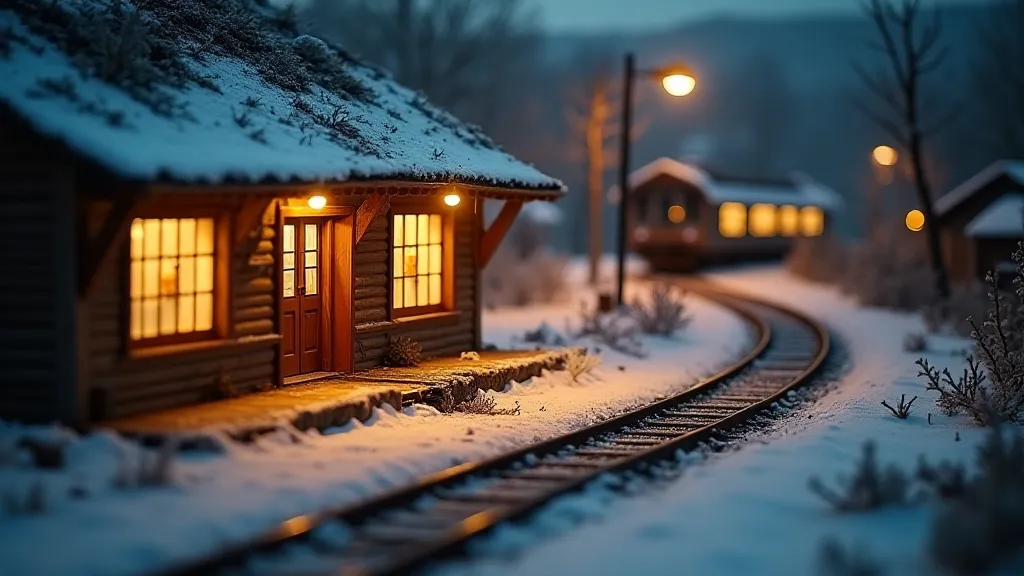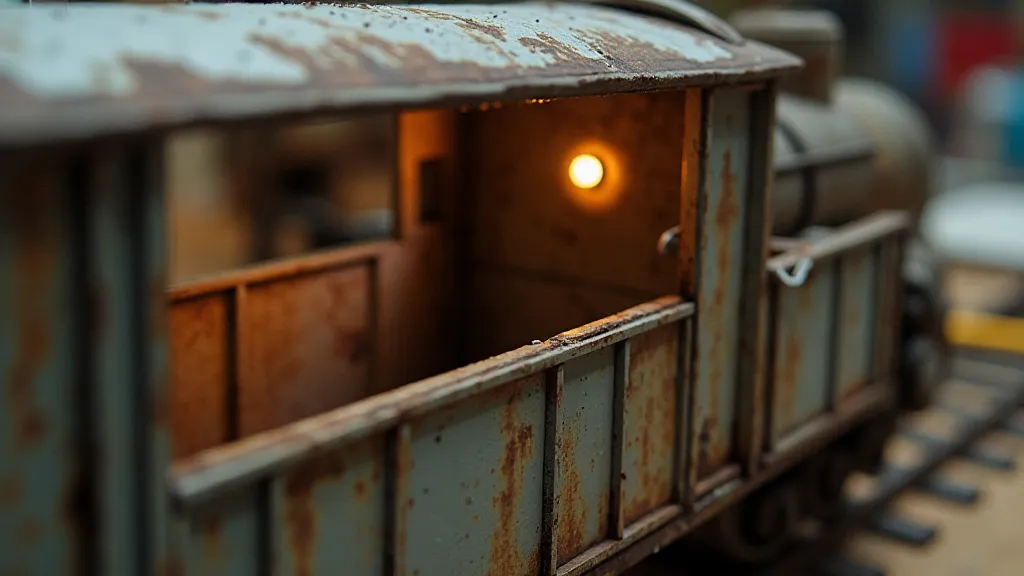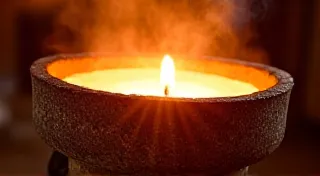Illuminations: Mastering Lighting Techniques for a More Believable Layout
The heart of any compelling miniature railway layout isn’t just the trains themselves, nor the meticulously crafted structures. It’s the atmosphere. It’s the feeling of stepping into a tiny world, a snapshot of a bygone era, meticulously recreated. And that atmosphere, more than anything else, is defined by light. Think of the way light filters through a forest canopy, the warm glow from a streetlamp on a rainy night, or the diffused light of a late afternoon sun reflecting off a river – these are the subtleties that truly bring a scene to life. For many years, I overlooked lighting, thinking it secondary. I was wrong. It’s the final, crucial layer of detail that elevates a collection of structures and track into a living, breathing world.
My own journey into the appreciation of light started, surprisingly, with accordions. I wasn't initially drawn to miniature railways; I was captivated by the antique accordions my grandfather collected. They weren’t just musical instruments; they were history held within bellows and keys. He’s a master of their restoration, an exacting craftsman who understood the importance of preserving the original aesthetic while ensuring their musical integrity. He’s constantly talking about light – the way it plays across the ivory keys, highlighting their age and wear, or the way it glints off the brass hardware, showcasing its patina. "The light tells the story," he’s always said, and I began to understand what he meant. Just as a masterful lighting scheme can transform a miniature railway scene, it can transform an old accordion from a neglected artifact into a testament to artistry and resilience.

Understanding the Fundamentals: Types of Lighting
Before we delve into specific techniques, let’s establish a basic understanding of the types of lighting at our disposal. Simple incandescent bulbs were the standard for decades, offering a warm, yellow glow. While they can evoke a certain vintage feel, they’re inefficient and produce a lot of heat, which can damage your layout components. LEDs are now the overwhelmingly preferred choice. They’re energy-efficient, produce minimal heat, and come in a wide range of colors and intensities. Consider warm white LEDs for a period-accurate feel, or slightly cooler tones to mimic overcast skies. Fiber optics offer a unique way to simulate distant light sources, like the twinkle of stars or the glow emanating from windows. Experimentation is key to finding what works best for your particular scene.
Layering Light: Creating Depth and Atmosphere
The most effective lighting schemes are rarely those that rely on a single, glaring light source. Instead, they’s built upon layers of illumination, each serving a specific purpose. Consider the way light behaves in the real world – it doesn't just come from the sun; it's reflected, scattered, and diffused by countless surfaces. Replicating this complexity on a miniature scale is what creates realism. Start with ambient lighting, a general level of illumination that sets the overall tone of your layout. Then, introduce accent lighting to highlight specific features – a well-lit station platform, a rustic barn, or a picturesque bridge. Finally, add spot lighting for dramatic effect, focusing attention on a particular scene or event. This layering approach is what truly separates a good layout from a great one. Often, the underlying landscape itself needs careful attention; crafting that compelling terrain is vital to a convincing scene, and a good diorama will really bring your layout to life. Techniques for sculpting the landscape are essential for achieving this level of realism.
Simulating Natural Light: Mimicking Time of Day
Think about how the quality of light changes throughout the day. The harsh, direct sunlight of midday is very different from the soft, diffused light of dusk. To recreate this dynamic range, you can use dimmers to adjust the intensity of your lights. Early morning scenes can benefit from a cooler, more bluish light, while late afternoon scenes can be bathed in the warm glow of a setting sun. You can even combine different colored LEDs to simulate sunrise or sunset. Consider the angle of the light as well; a low-angle light source will cast longer shadows, creating a more dramatic effect. This is especially important for mountainous terrain or heavily forested areas.

Advanced Techniques: Fiber Optics and Shadow Play
For those seeking to push the boundaries of realism, fiber optics offer a multitude of possibilities. They can be used to simulate distant lights, such as the glow of a distant city or the twinkle of stars in the night sky. A single fiber optic cable can be strategically placed to create a stunning effect, bringing depth and complexity to your layout. Shadow play is another powerful tool. Thoughtfully placed obstructions can create intriguing shadows, adding visual interest and a sense of mystery. Don't be afraid to experiment with different materials and techniques to achieve the desired effect. A strategically placed piece of cardboard can create a convincing shadow of a tree or building. Capturing the essence of a scene extends beyond just illumination; it requires weaving a compelling narrative. Developing a strong narrative diorama is just as important as perfecting the lighting.
Weathering and Lighting: A Symbiotic Relationship
The process of weathering is inextricably linked to lighting. A beautifully weathered engine or building will appear flat and lifeless under harsh, direct light. But with the right lighting, the subtle nuances of the weathering – the grime, the rust, the faded paint – will come to life. Use accent lighting to highlight these details, creating a sense of age and authenticity. Think of the way sunlight catches on the weathered siding of an old barn – that’s the kind of effect you’re aiming to recreate on your layout.
Scratch Building and Lighting Integration
When scratch building structures or rolling stock, consider lighting integration from the very beginning. Incorporate channels or recesses to accommodate LEDs or fiber optic cables. This will result in a much cleaner and more realistic finish. Plan your wiring carefully, using thin gauge wire and discreetly concealing it within the structure. Remember, the goal is to create the illusion that the lighting is a natural part of the scene, not an afterthought. This process is often deeply complex, requiring intricate planning and a true dedication to the craft. For those looking to truly master the art, exploring techniques for scratch-building rolling stock is a rewarding endeavor.

Beyond the Technical: Conveying Emotion and Storytelling
While mastering the technical aspects of lighting is crucial, the real artistry lies in using light to evoke emotion and tell a story. Think about the atmosphere you want to create – is it a bustling station in the height of the industrial age, a quiet rural crossing bathed in the golden light of sunset, or a dramatic nighttime scene with the flickering glow of a signal lamp? Each of these scenarios calls for a different lighting approach. Consider using warmer tones to create a sense of nostalgia or intimacy, or cooler tones to convey a feeling of isolation or mystery. Observe how professional photographers use light to create mood and atmosphere in their photographs, and try to apply those same principles to your miniature railway layout.
The Enduring Appeal: More Than Just a Hobby
Creating a miniature railway layout is more than just a hobby; it’s a form of art, a labor of love, and a way to connect with a bygone era. It’s a chance to express your creativity, to build something tangible, and to share your passion with others. And lighting, as we’re seeing, is the final, crucial ingredient that brings it all to life. My grandfather, with his accordion and his love for light, taught me that true artistry lies not just in the materials and techniques, but in the ability to tell a story. And in the world of miniature railways, lighting is the key to unlocking that narrative potential. Take the time to learn the fundamentals, experiment with different approaches, and most importantly, let your creativity guide you. The results will be transformative. Ultimately, the best layouts are those that truly resonate with the viewer, pulling them into a world of imagination and wonder. To ensure your layout achieves this, consider how arranging the layout contributes to the overall emotional impact.





